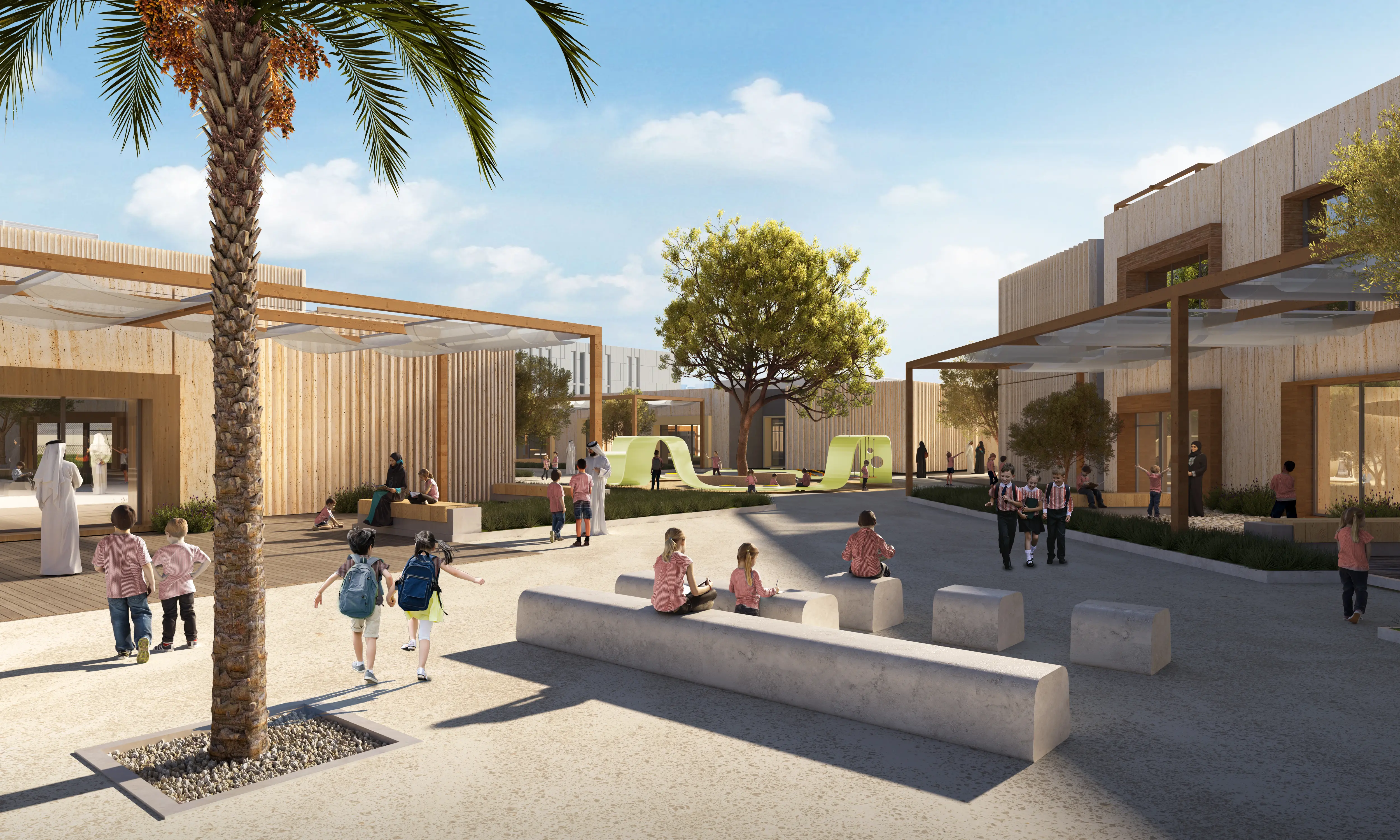What should 3d architectural rendering customers pay attention to
Early-stage Communication
Clarify requirements and objectives: Clearly explain to the renderer the nature, purpose, and style positioning of the project. For example, determine whether the rendering is for commercial advertising, project reporting, or personal display. Different uses have varying requirements for rendering accuracy and style. At the same time, provide detailed architectural drawings, including floor plans, sectional views, elevation drawings, etc., to ensure that the renderer has an accurate understanding of the building structure.
Define details and key points: Inform the renderer of the key parts of the building and the details that need to be highlighted, such as unique architectural shapes, exquisite decorative components, special material textures, etc., so that the renderer can focus on these aspects during the production process.
Process Control
Participate in material and texture selection: Materials and textures directly affect the realism of the building. Clients should actively participate in the selection process and provide their own ideas and requirements for building materials. For example, determine whether the wall has a masonry texture or a paint texture, and whether the floor is made of wood or marble. At the same time, review the material samples and reference images provided by the renderer to ensure that the final effect meets expectations.
Review the lighting and color scheme: Lighting and color are crucial for creating the atmosphere of the building. Clients should discuss with the renderer the layout and intensity of the lighting, whether it is a bright and transparent effect or a warm and soft atmosphere. At the same time, review whether the color matching is coordinated and whether it conforms to the function and style positioning of the building. For example, hospital buildings usually use soft and elegant colors, while commercial buildings may use brighter and more vibrant colors.

Provide timely feedback and communication: During the rendering process, clients should regularly review the progress and intermediate results of the rendering, promptly identify problems, and put forward modification suggestions. Maintain close communication with the renderer to ensure that both parties have a consistent understanding of the project and avoid rework and delays caused by poor communication.
Post-production Acceptance
Inspect the final effect: After receiving the final rendered work, clients should carefully check the quality of the image, including whether the resolution meets the requirements, whether there are any blurring or jagged edges, whether the lighting effects are natural, and whether the material performance is realistic. At the same time, verify whether the size, proportion, and structure of the building are consistent with the design drawings to ensure that there are no errors or deviations.
Confirm copyright and usage rights: During the acceptance process, clearly define the ownership of the copyright of the rendered work and the usage rights. If clients need to use the rendered images for commercial purposes, ensure that they obtain the corresponding authorization to avoid copyright disputes during subsequent use.
LIGHTS is china top rendering company-architectural animation studio,3d architectural rendering services,architectural rendering animation,architecture maquette making


